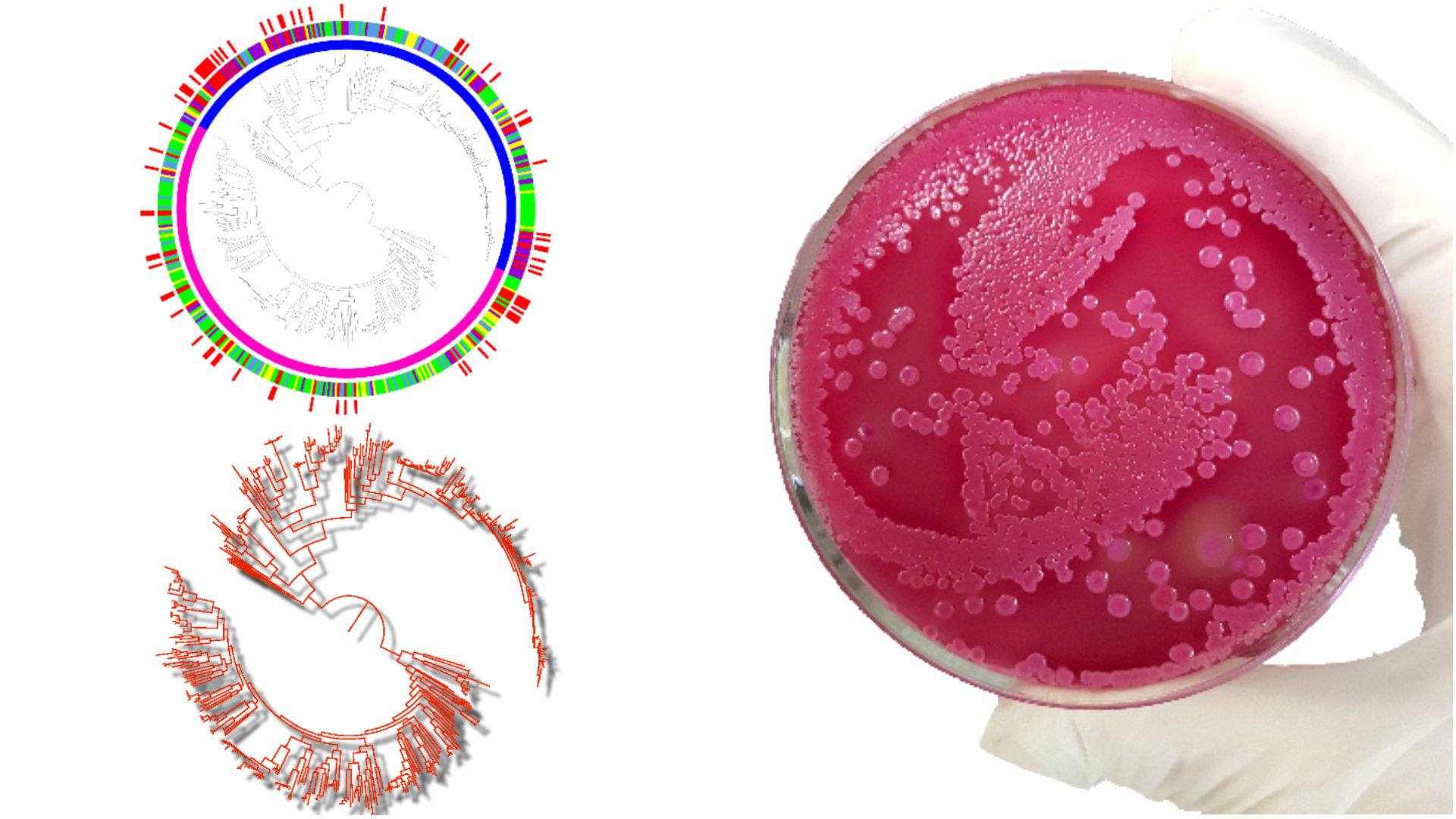E&E PhD Exit Seminar: Genotypic and Phenotypic Characterisation of Escherichia coli Isolates from Septic Tanks
While we know many things about E. coli under laboratory conditions, relatively little is known about the ecology of this bacterium in the environment.
Speakers
Event series
Content navigation
Description

While we know many things about E. coli under laboratory conditions, relatively little is known about the ecology of this bacterium in the environment. E. coli is abundant in human and animal faeces, and most E. coli have a short lifespan outside the host. These attributes have led to its widespread use as an indicator of recent faecal contamination of drinking and recreational waters. Studies over the past two decades have indicated that E. coli not only survive but also proliferate in the environment outside the host, confounding its use as a faecal indicator. However, we have little understanding of the role of the external environment in shaping the genetic structure of E. coli populations, and the genotypic and phenotypic characteristics that enable E. coli to persist outside a host.
My doctoral thesis involved characterising the genetic diversity, and population structure of E. coli isolates from septic tanks. I investigated the effects of physicochemical characteristics of septic tanks on the diversity and genetic structure of E. coli populations. I took a comparative genomics approach to identify the genetic characteristics that can enhance fitness advantage in septic tanks. Finally, I examined the phenotypic traits that may contribute to persistence in the environment. The results of this study contribute to our understanding of the ecology and survival strategies of E. coli in the environment.
Location
Please note: this seminar will be held in the Seminar Rm and via Zoom, details are included below.
Eucalyptus Seminar Room, Rm S205, Level 2, RN Robertson Building (46)
Please click the link below to join the webinar:
https://anu.zoom.us/j/96916591135?pwd=bFFudkpscE1oZUozVFRpeWVHYTlwQT09
Passcode: 143665


